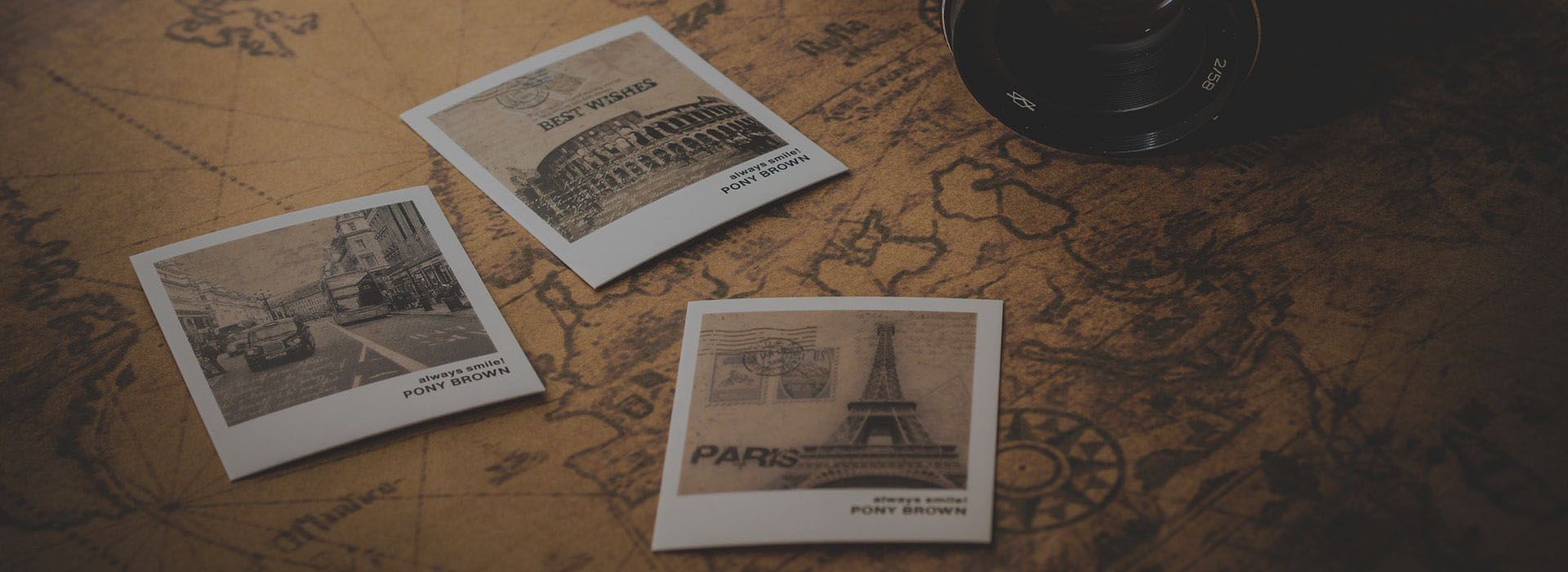Jiangsu
Jiangsu Province is located on China’s East Coast and is the province where the Yangtze River meets the Yellow Sea. Bordering the city of Shanghai, Jiangsu is one of the most prosperous provinces in China and has a wealth of historical attractions.
Nanjing
One of the former capitals of China, Nanjing is located on the southern shores of the Yangtze River and is a 4 hour drive from Shanghai. Nowadays, it is the capital of the Jiangsu Province and is a pleasant city surrounded by rivers, lakes and forests. It also has remnants of a Ming Dynasty City Wall.
Yangtze River Bridge
Completed in 1968, the Yangtze River Bridge is a bridge that spans nearly 5kms across the Yangtze River and thus is one of the longest bridges in China. As well as providing transport for cars, it also carries trains on the popular Shanghai-Beijing route.
Sun Yat Sen’s Mausoleum
On the eastern fringe of the city lies Zijin Mountain and in the middle of the mountain Sun Yat Sen’s Mausoleum can be found. Reputed to be the “Father of Modern China”, although he died in Beijing, he wished to be buried in Nanjing. His Mausoleum can be reached by climbing 400 steps.
Massacre Museum
The Memorial Hall of the Nanjing Massacre documents the acts committed by the Japanese soldiers against the civilian population just prior to World War 2, in 1937. The Japanese occupied the city of Nanjing for six weeks.
Linggu Temple
Linggu Temple is a large temple complex that was built at the end of the 14th Century. Located in Zijin Mountain Park, its most famous attraction is the Beamless Hall, a building containing no beam supports. Nearby is Linggu Pagoda, a nine storey pagoda.
Confucius Temple
Fuzi Temple is an ancient Confucian temple located in southern Nanjing. For over 1500 years, it has been a centre for Confucian study.
Nanjing Museum
Nanjing Museum houses an excellent array of artifacts including jade burial suits, sketches of Old Nanjing and Neolithic relics. It is located just inside the city walls.
Botanical Gardens
The Botanical Gardens of Nanjing showcase over 3000 plants and cover an area of nearly 200 hectares. It is located just outside the city walls, close to Qinghai Lake.
Ming Tombs
The tomb of Emperor Zhu Yuanzhang is located at the foot of Zijin Mountain. He is the only Ming Emperor to be buried outside of Beijing. His wife is also buried with him.
Qixia Temple
This temple on Qixiao Mountain 22km north-east of Nanjing, was founded by the Buddhist monk Ming Sengshao during the Southern Qi dynasty, and is still an active place of worship. Qixia Temple has long been one of China’s most important monasteries.
Zhenjiang
Once known as Jingjiang or Jingkou, Zhenjiang is today an important transportation hub owing to its location near the intersection of the Yangtze River and the Grand Canal. The city reached its zenith under the Song dynasty (960-1279), when it produced fine silks, satins, and silverware for the emperors.
Jinshan Park
Jinshan Park, also known as Gold Mountain, is the main attraction in Zhenjiang. Located on Mount Jin and covering an area of 100 acres, sights include Jinshan Temple and Cishou Pagoda.
Jiao Mountain
Situated east of Zhenjiang, Jiao Mountain offers stunning views and great hiking against a backdrop of rivers and mountain scenery. Local folklore likens Jiao Mountain to a piece of jade standing upright in the river.
North Hill Park
North Hill Park is a popular park in Zhejiang and allows lovely views over the city and Yangtze River below. Ganlu Temple and Soaring Clouds Pavilion provide the spiritual enlightenment.
Zhenjiang Museum
Built at the end of the 19th Century, the Zhenjiang Musuem used to house the British Consulate. Its extensive collection includes gold, silver and bronze artifacts.
Yangzhou
Yangzhou is located near the junction of the Grand Canal and the Yangtze River. As such, it became a prosperous town due to the salt trade and many merchants and artists relocated to Yangzhou. It is renowned for its beautiful gardens.
Slender West Lake Park
Slender West Lake Park is located north-west of the city centre and is famous for being the holiday spot of Emperor Qianlong, 200 years ago. Likened to West Lake in Hangzhou, the park includes Slender West Lake, as well as numerous pavilions and bridges.
Ce & He Garden
Ce & He Garden are both fine examples of classical Chinese gardens with water, rocks, plants and pavilions. Ce Garden is located in the east of the city, whereas He Garden is in the south.
Daming Temple
Daming Temple is situated in the northwest of Yangzhou and was the place where Jianzhen, an accomplished monk in the Tang Dynasty, performed Buddhist rites. In 1983, it was designated as one of the key temples for the Han Nationality.
Tomb of Puhading
Reputed to be descended from the Prophet, Pudahing, a Muslim preacher, came to China 800 years ago to spread the Muslim faith. He died in Yangzhou and his tomb is now a popular place for Muslims and tourists alike.
Wuxi
Wuxi is an ancient canal town on the banks of the Grand Canal. With a population of over 4 million, nowadays it is most popular as a transit point for Lake Tai.
Lake Tai
Lake Tai is a large freshwater lake with nearly 100 islands. It is surrounded by picturesque hills and tea fields. As well as pavilions, bridges and teahouses, the foreshore also features three amusement parks.
Suzhou
Just an hour from Shanghai, the peaceful town of Suzhou is famous for its network of canals, its classical Chinese gardens and its silk production. Suzhou first came to prominence during the building of the Grand Canal, a 1,900 kilometre man-made canal linking Hangzhou to Beijing. When the Grand Canal was completed, Suzhou found itself strategically located on a major trade route, which encouraged traders to settle on the banks of the canal. These buildings are still inhabited today by local families.
Garden of the Master of Nets
During the Ming Dynasty, 500 years ago, Suzhou flourished as a place of refinement and retreat, attracting scholars and merchants who built themselves gardens to seek solitude in. Whilst the Garden of the Master of Nets is the smallest garden in Suzhou, it is also one of the most beautiful.
West Garden Temple
This garden was donated to the Buddhist Temple in 1620 but was destroyed by fire and rebuilt in 1880. The main feature of the garden is the Hall of Arhats, which has 500 statues of Buddha saints.
Humble Administrator’s Garden
The gardens in Suzhou are considered real works of art, a fusion of nature, architecture, poetry and painting designed to ease, move and assist the mind. The Humble Administrator’s Garden is the largest garden in Suzhou and the most famous and representative of Suzhou’s gardens. Within the garden walls, there are lots of great sights, filled with history and legends.
Hanshan Temple
Hanshan Temple, literally “Cold Mountain Temple”, is a Buddhist temple and monastery. It is located at the town of Fengqiao, about 5 kilometres west of the old city of Suzhou. The current name of the monastery derives from Hanshan, the legendary monk and poet.
Tongli
Originally named Fushi, Tongli is an ancient but well preserved canal town with a history of nearly 1,000 years. Located on the eastern shore of Lake Tai, just 20kms from Suzhou, Tongli offers visitors the chance to step back in time and discover traditional buildings, cobblestone streets and atmospheric teahouses amongst its canals.


